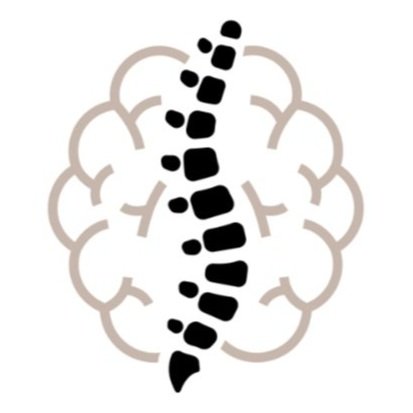Chronic Pain - What is it and what impacts it?
At Mind Body Physiotherapy we work with a lot of patients who experience chronic pain. Chronic pain management usually requires a multi-pronged approach. In an effort to better serve our patients, we have decided to create a free pain neuroscience ebook/workbook! Not only will it offer a variety of approaches and strategies for pain management, but it will also provide education on what exactly pain is, how chronic pain differs from acute pain, and factors that can influence pain. While it is in development, here is a preview of some of what you will find in the ebook:
What is pain?
“Pain is a multiple system output activated by the brain based on perceived threat.” Simply put, your brain creates pain when it decides you are in danger. So what does this mean? Don’t nerves create pain?
Nerves are often involved in pain, but nerve fibers are sensory receptor fibers, not pain fibers. Nerve fibers, specifically the types called C-fibers and A-delta fibers, respond to tissue damage by sending “danger” messages to the spinal cord which then get sent to the brain. The brain then makes a decision on how to respond based on the danger message as well as the information that it is constantly gathering from the environment, the body, and past experiences. The brain may choose to respond by creating pain as a form of defense and survival.
How is chronic pain different from acute pain?
Acute pain is sometimes called “good pain” and acts as a warning signal and survival mechanism. Acute pain occurs when the brain produces the sensation of pain in response to tissue damage and it stops once the body has healed.
Chronic pain, on the other hand, “persists beyond normal tissue healing time”, can develop with no injury at all, and may not provide an accurate reflection of healing progress. It turns out the brain can produce pain in response to a variety of things, not just in response to injury.
When pain persists, the nervous system changes. These changes can occur in the peripheral, spinal, and cranial nerves. Peripheral nerves and nerves in the spinal cord can become overly sensitive and lower their danger thresholds.
This means they will send “danger” messages when the body is not in danger.
Nerves in the brain can also become too sensitive and other changes can occur in the brain that impact the pain experience. This is called central sensitization.
The brain maintains a sensory map that it is constantly revising according to the information it receives. The map allows your brain to know exactly where on the body you are experiencing a sensation. With chronic pain, the sensory map starts to blur. The area on the map that represents the pain sensation starts to grow and this may cause your pain to spread.
For example, instead of feeling pain only in your lower back, the pain may spread to your upper back or to your hip.
What factors can influence pain?
Fear, anxiety, and catastrophization
Stressful home, work, family, or financial situations
Depression, social withdrawal, and loneliness
Societal influences
Lack of sleep
A diet that is highly processed, or foods that cause inflammation
These factors can intensify an already existing pain experience and contribute to the pain becoming chronic.
Why is chronic pain so difficult to treat and manage?
Treatment approaches are often outdated because they are based on outdated models of understanding pain. Chronic pain treatment should be based on a model of pain that not only takes tissue damage and physical factors into account but also includes psychological and social/environmental factors.
How can Mind Body Physiotherapy help?
Our process in its most basic form goes like this:
Calm pain down
Find the root
Teach you how to keep pain down
Want to learn more about how we can help?
Are you experiencing chronic pain? Ready to make a plan while incorporating physical therapy? Use the button below to schedule a free 15-minute phone consultation with us!
Sources:
Louw, A and Puentedura, E. In: Orthopedic Physical Therapy Products, ed. Therapeutic Neuroscience Education: Teaching Patients About Pain: A Guide for Clinicians. International Spine and Pain Institute (USA); 2013:1-63.
Groote, S- Pain Management Programme, Cape Town, South Africa. Pain Education Empowerment Programme: Understanding Pain is the Golden Key. 2020

